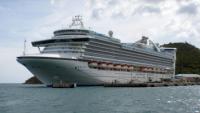
Caribbean Princess Photo: Yankeesman312
The Justice Department has announced that Princess Cruise Lines will pay a record $40 million fine for “deliberate pollution of the seas and intentional acts to cover it up” in what it called “the largest-ever criminal penalty involving deliberate vessel pollution.”
Princess will plead guilty to charges related to the pollution discharged from five ships dating back, in at least one case, to 2005. On one cruise ship, the Caribbean Princess, oily waste was discharged using unauthorized values and various “magic pipes” for almost a decade.

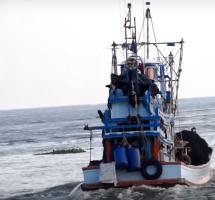 Overfishing is a huge problem in the world’s oceans. Exacerbating the problem is fishing piracy. A year ago, we posted “
Overfishing is a huge problem in the world’s oceans. Exacerbating the problem is fishing piracy. A year ago, we posted “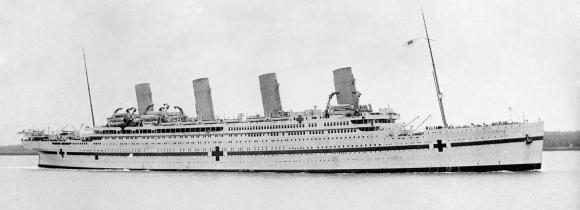
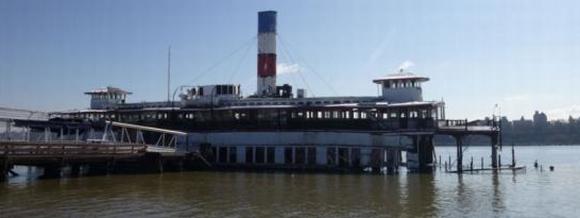 When the New York Times features your obituary on the front page, it probably means that you are dead. Sadly, that is the case of with historic ferryboat
When the New York Times features your obituary on the front page, it probably means that you are dead. Sadly, that is the case of with historic ferryboat 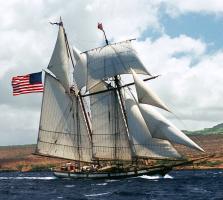 The
The  More teething problems on
More teething problems on  Douglas Reeman needs our help. If you have ever read any of the thirty volumes of the nautical adventures of Richard Bolitho, you probably know the author by his pen name, Alexander Kent. In total, Reeman has written close to 60 books and has made an indelible mark on the literature of the sea. Now, at 92 and in failing health, we have the opportunity to, in some small measure, make his path easier. A message from his wife Kim:
Douglas Reeman needs our help. If you have ever read any of the thirty volumes of the nautical adventures of Richard Bolitho, you probably know the author by his pen name, Alexander Kent. In total, Reeman has written close to 60 books and has made an indelible mark on the literature of the sea. Now, at 92 and in failing health, we have the opportunity to, in some small measure, make his path easier. A message from his wife Kim: Last week, a
Last week, a 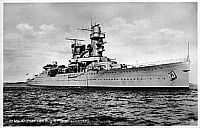
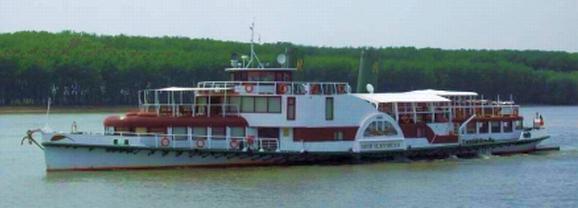
 Yesterday, we
Yesterday, we 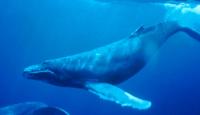 Humpback whales are back, or, at the very least, there seems to be a good case for cautious optimism. In 1986, at the beginning of the moratorium on commercial whaling, the global population of humpback whales had dropped by 90% due to whaling. North Atlantic humpback populations dropped to as low as 700 whales. Now just shy of thirty years later, humpback whales have made a dramatic recovery.
Humpback whales are back, or, at the very least, there seems to be a good case for cautious optimism. In 1986, at the beginning of the moratorium on commercial whaling, the global population of humpback whales had dropped by 90% due to whaling. North Atlantic humpback populations dropped to as low as 700 whales. Now just shy of thirty years later, humpback whales have made a dramatic recovery.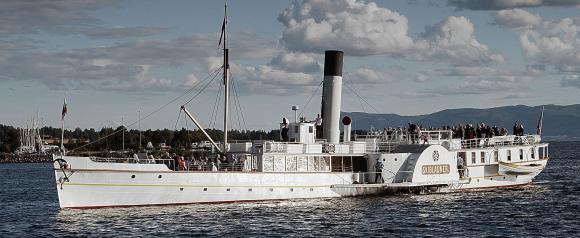
 The National Historic Landmark and ex-presidential yacht
The National Historic Landmark and ex-presidential yacht 
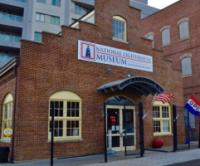 The
The